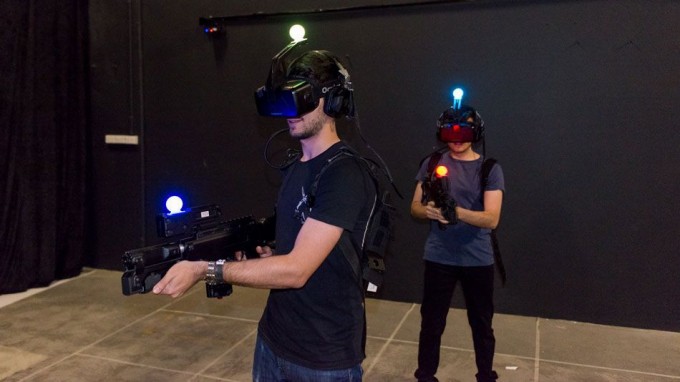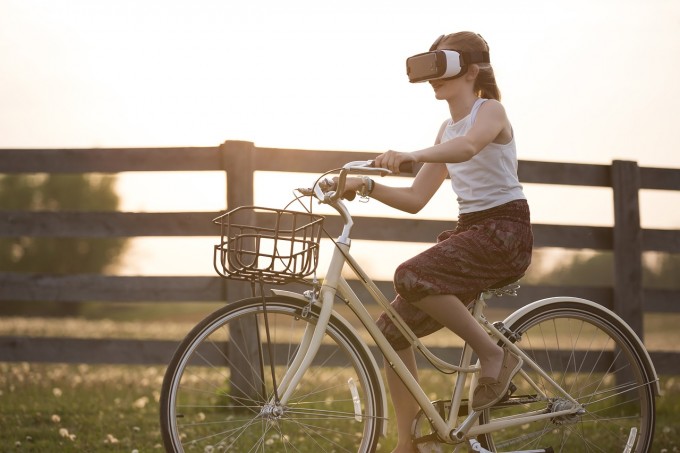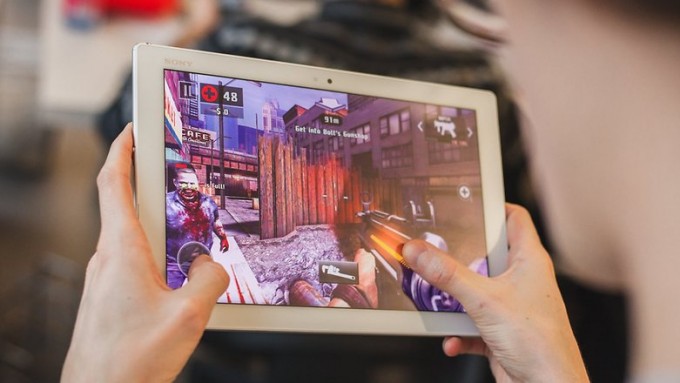
Virtual Reality looks set to be the next adventure for many gamers; recent commercial successes like the PS VR and mobile vr viewers have made the technology more accessible than ever before. In this article, we’re going to take a look at where virtual reality gaming is going – and touch upon where it has been.
1838 – 1995: The Early Years
Despite so many virtual reality innovations only really surfacing in the 21st century – we can actually go back as far as 1838 to determine the first important vr discovery. Charles Wheatstone, a famous inventor developed the first theories and examples of stereoscopic technology – a technology that is actually used in present day virtual reality devices (Google Cardboard for example)
And while many other industries benefited from those initial findings in 1838, gamers would have to wait to 1991 to really see the benefits. And that would be via the Virtuality Group and their range of deluxe video gaming cabinets. With these machines, gamers could experience rich 3D visuals and immersive sound; these machines were even networked for multi-player purposes.
Four years later and Nintendo showed the world why they were once again leading the way in gaming innovation with the Virtual Boy. A portable console that could display 3D graphics? It was way ahead of its time… but sadly, Nintendo’s ambitious console failed. Mired with monotone graphics, a lack of software support and problems with useage ultimately condemned the system to death after only a year.
21st Century : The True Dawn Of VR

From The Switch To Scorpio: Looking To The Future Of Gaming
The millennium didn’t end the world, instead it spurred the tech and gaming industry forward with ever more sophisticated technologies. One of the most important innovations of the past decade was the smartphone; it’s changed the way we communicate and it changed the way we play our games. And now, vr promises to do the same with ever more affordable solutions making their way to market.

Mobile Gaming Is Growing Fast With No Downturn In Sight
Google Cardboard is one of the best examples of affordable vr; this simple and cheap to build headset uses your phone to display the images while the viewer does the rest. Already many games have been created for this exciting new platform including puzzlers, shooters and even strategy games. While these cardboard viewing devices were created as more of an experiment, mobile companies are creating more permanent, consumer friendly versions: like Google’s Daydream or Samsung Gear VR.
With the fast development in VR devices and increase in sales, this opens a new opportunity for businesses to offer their products on a new and growing platform. Retailers see this as a huge opportunity for online shopping, the movie industry currently have projects being worked on by heavyweights Ridley Scott and Spielberg, the music industry too are exploring how vr can impact their industry, the gaming industry are looking at the opportunities in developing online casino games such as Gonzo’s Quest and the travel industry are experimenting with different projects such as Oculos.

The Future of the Gaming Industry
Could it be that mobile phone companies will start bundling these vr viewers as part of smartphone purchases? Maybe a vr viewing device will become as essential as say a charging cable? While vr is somewhat of a curious luxury at this point in time for gamers – the same could be said of a smartphone almost a decade ago… and look what happened to that.




